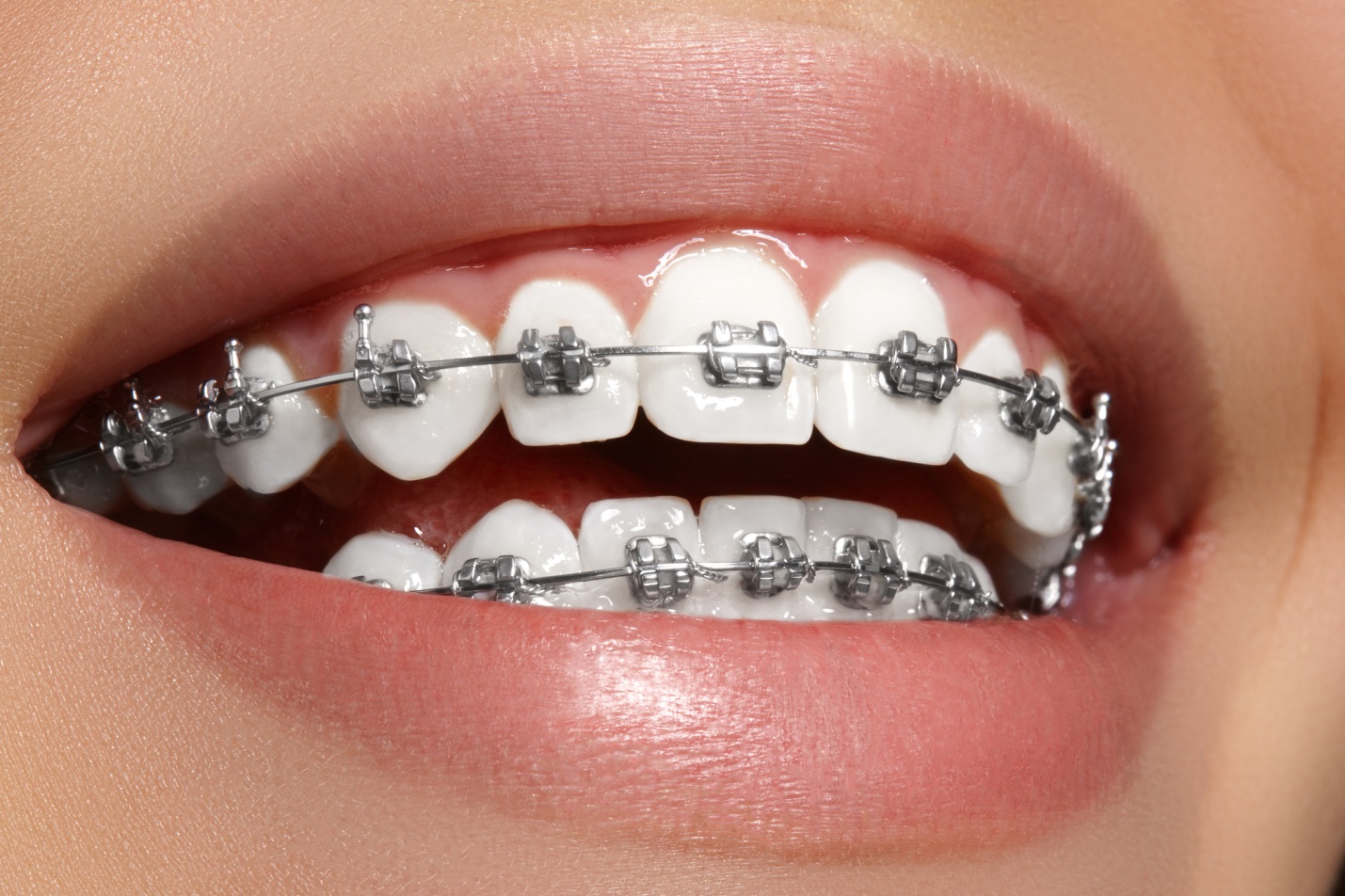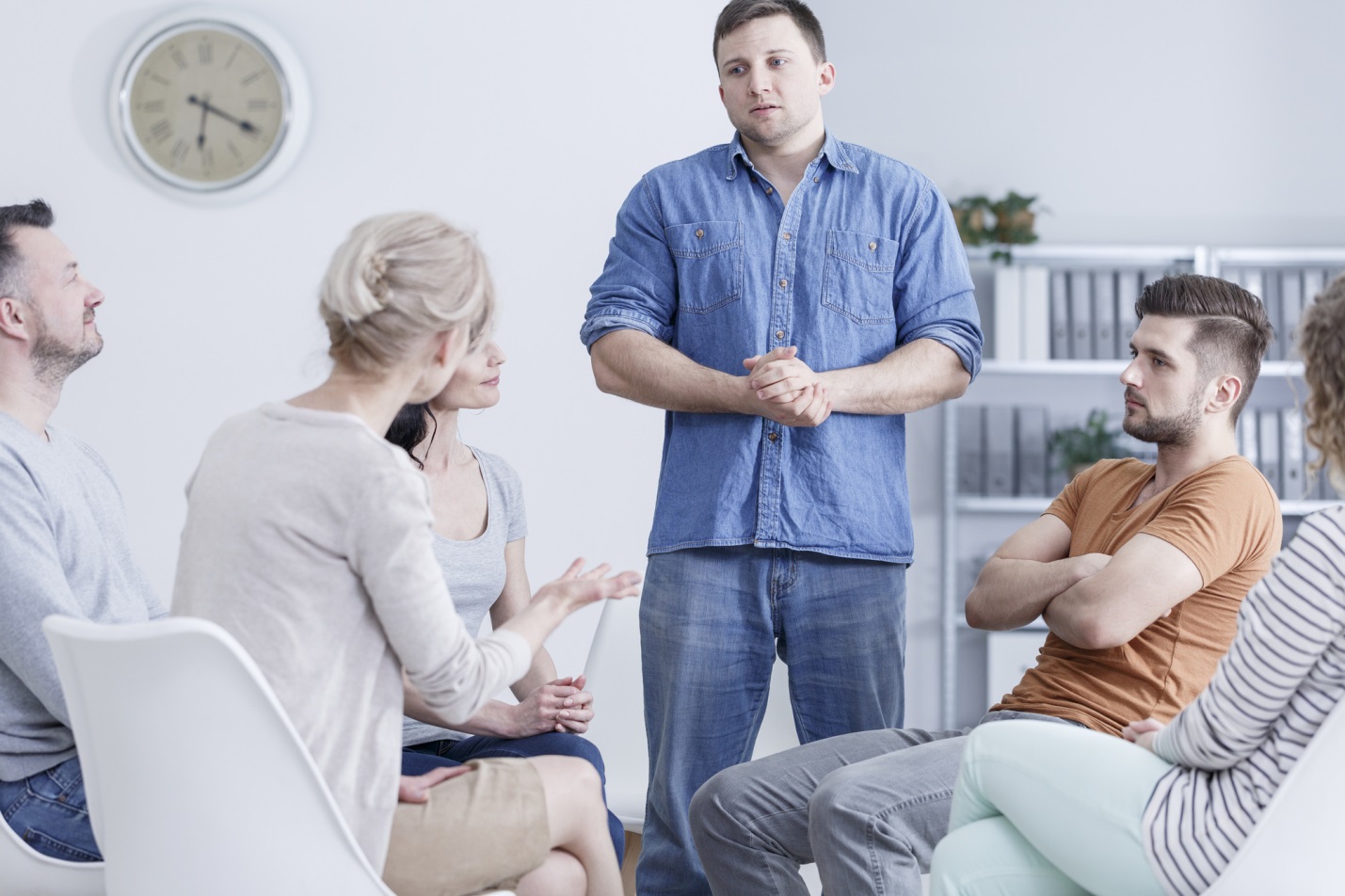When you think of celebrities, it’s likely that glamour, beauty, and perfection are the first things that come to mind. So when we see celebrities with braces on, it’s completely understandable how jarring that can be to the pre-convinced images in our head.
But the fact of the matter is celebrities are people just like you and I. They put their pants on one leg at a time. They love their dogs and work for a living, just like everyone else.
And sometimes they need the help of orthodontic work to perfect their famous smiles.
So who are some of these stars that have lived out their oral treatment for the world to see? Let’s look at 18 celebrities that have gone through the process… Some of them may just surprise you.
1. Prince Harry :
Royals may be thought of as perfect and regal, but they aren’t necessarily born that way. Prince Harry proved that even royalty sometimes need the help of orthodontic treatment to achieve a smile fit for a prince.
2. Emma Watson :
Proving braces aren’t just for muggles, Emma wore braces for several months while she was in her early teens, which was well into the filming of the Harry Potter movie series. It showed you don’t need a magic wand to have the perfect smile, all you need is just a good orthodontist.
3. Gwen Stefani :
The singer has never been afraid to show off her eclectic sense of style. Which was especially true in the 1990s when she sported a set of traditional braces as merely a fashion accessory. She may not have needed them to perfect her smile, but they definitely helped perfect her rocker chic look.
4. Tom Cruise :
The actor was well into adulthood when he decided to get braces for the first time. At the age of 40 years old, Tom showed the world that the perfect smile isn’t mission impossible, but mission accomplished.
5. Estelle :
After she had already become famous, singer Estelle received braces when it was rumored her PR team advised her to do so. Though she denied that, stating she wanted to correct her smile in case she should ever win a Grammy. Either way, the results were indeed award show worthy.
6. Beyonce :
The superstar singer had so much love for her fans in 2011 that she sported a set of braces in support of all those who have had to wear them. Now, how’s that for dedication to her fans? Girls may run the world but it also proves this orthodontist helps a bit too.
7. Dakota Fanning :
Dakota was only a child when she started her acting career, which meant growing up in the spotlight. So once she got her set of braces, they were shown off at movie premieres and every event she attended.
She went through the full gamut of braces, head-gear, spacers, and retainers. But once her treatment was finished, she emerged with her movie star smile.
8. Faith Hill :
Another celebrity who decided to get braces as an adult is the singer, Faith Hill. At the age of 45 years old, the country beauty admitted to having braces when she was younger but didn’t keep up with wearing her retainer. This time, the second time was the charm.
9. Cindy Crawford :
Even supermodels are not immune from the need to wear braces. Cindy Crawford, perhaps one of the most famous supermodels of all time, was an adult and sported her orthodontic look in a Pepsi ad during the 1990s.
10. Danny Glover :
Perhaps being the king of proving braces know no age, the actor received his braces at the age of 59 years old. He can even be seen wearing his braces in the movie Shooter. It just goes to show, better late than never.
11. Faye Dunaway :
But if you think 59 years old is late in life to get braces, actress Faye Dunaway has that beat. She was in her 60’s when she began her treatment with traditional braces!
12. Ariel Winter :
Growing up on a successful tv series meant growing up for the world to see. The actress received her braces while continuing to film the popular tv show, Modern Family. She didn’t let it stop her though, her real-life braces fit in perfectly with her tv character.
13. Kendall Jenner :
Another celebrity who admits to not properly wearing their retainer the first time around is Kendall Jenner. When her teeth had shifted back, she opted to wear Invisalign braces to correct the problem. With her supermodel smile, she has won a billion hearts of her fan.
14. Nicolas Cage :
When he was between movie projects, Nicolas Cage decided to wear braces on his lower teeth, becoming yet another celebrity adult to sport traditional braces.
15. Chelsea Clinton :
How many people can say they wore their braces in the Oval Office? Chelsea Clinton sure can. While growing up in the White House as the First Daughter, she publicly sported her traditional braces.
16. Justin Bieber :
The pop singer is another one who opted to treat their smile with Invisalign braces, but he wasn’t afraid to show or admit it. He even made a video in a YouTube clip to show fans, wearing the braces for about a year before his treatment was finished.
17. Drew Barrymore :
Beginning her acting career during childhood as well, Drew grew up in the spotlight. It wasn’t until after filming the movie E.T., at the tender age of 12, she also joined the traditional braces club.
18. Kate Middleton :
For her royal wedding, Kate Middleton wanted to make sure her smile was fit for a future princess. For a short time before the ceremony, she wore invisible braces.
Celebrities with Braces Can Give Us All the Good Feels :
Dealing with braces can be stressful, make us feel anxious, and can be painful. But when we see one of our favorite celebrities with braces on as well, it can give a sense of comfort and be belonging that we are all in this together in some way! And doesn’t that just feel good?
Want to know how taking care of your oral health can impact your general health? Be sure to check out our blog post on it!
Read Also :






















